Agricultural Product Food Certification Service Network
Technical Support: China Green Huaxing (Beijing) Agricultural Research Institute
Copyright: Guohuan Organic Agricultural Products (Dezhou) Co., Ltd
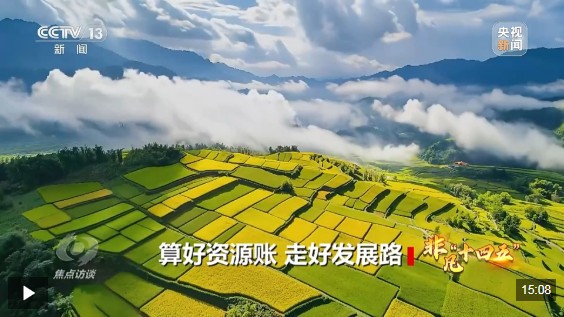
Natural resources are the material foundation for the development of human society. Harmony between humans and nature is an essential requirement for achieving Chinese-style modernization. During the "14th Five-Year Plan" period, China's natural resource endowment has become more solid. By the end of 2024, the country's cultivated land area reached 1.94 billion mu, firmly safeguarding the red line for cultivated land protection. China is the country with the fastest and largest increase in global greening efforts. The national forest coverage rate reached 25.09%, an increase of about 2 percentage points compared to 2020. Forest stock volume reached 20.988 billion cubic meters, achieving the 2030 target for national autonomous contributions to climate change ahead of schedule.
Not long ago, at a villagers' representative meeting in Shibei Village, Zhoushan City, Zhejiang Province, everyone discussed the transfer of collectively owned land. After discussions, the villagers unanimously agreed to transfer the newly added 300 mu of farmland through open bidding to large grain growers for unified operation and management. Where did this newly added 300 mu of farmland come from?
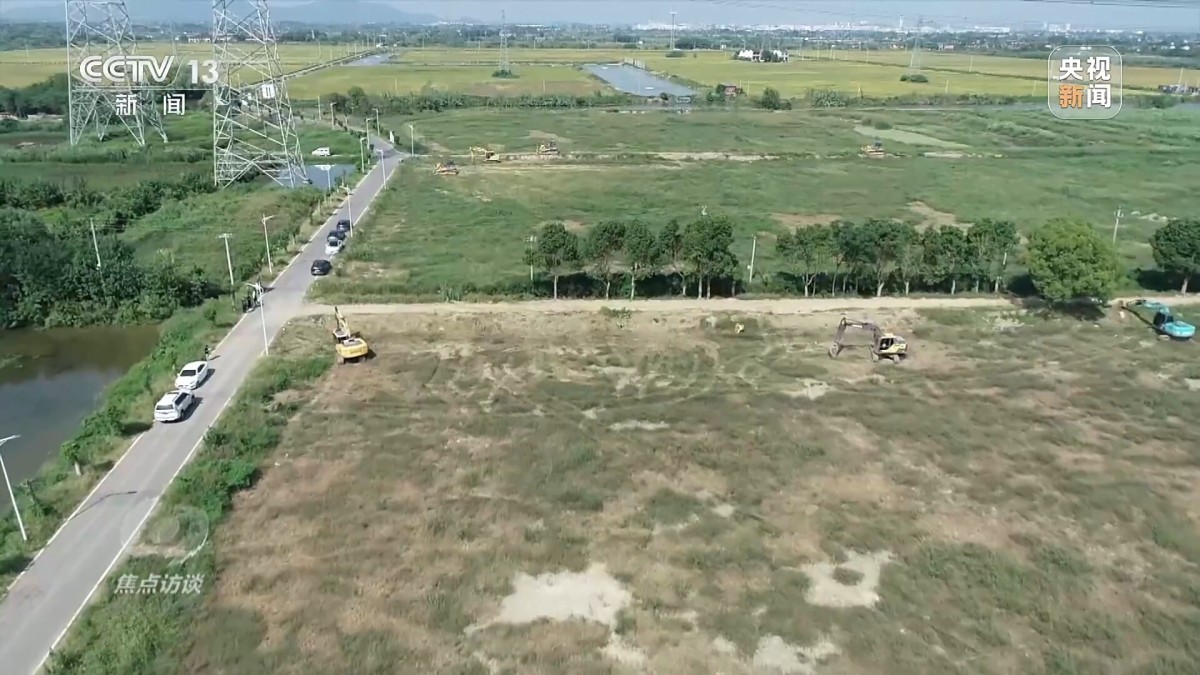
Since 2021, Zhejiang has launched the "Hundred-Thousand-Million" project, a permanent basic farmland consolidation initiative aimed at transforming scattered "palm-sized fields" and "patchwork fields" into contiguous, well-equipped, ecologically sound, high-quality farmland suitable for large-scale and modern agricultural production. Large-scale grain grower Zhao Jinrong has transferred a total of 1,436 mu of farmland. Under his mechanized operations and meticulous field management, rice yields per mu have increased by 200 jin. This also makes him very interested in the newly added 300 mu of land.
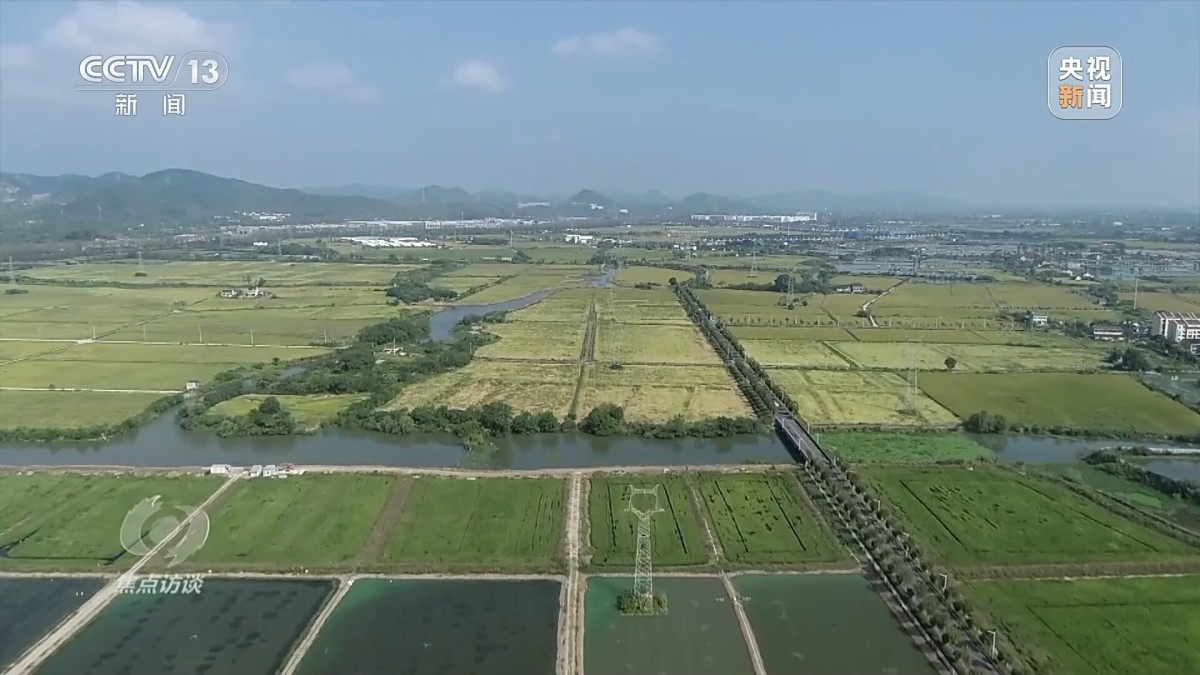
The "Hundred-Thousand-Million" project not only consolidates and upgrades fragmented "stock" land but also creates high-standard "incremental" land. Near Zhoushan City in Huzhou City's Wuxing District, a newly reclaimed farmland area is being developed according to high-standard farmland criteria. Beyond cultivation, this area integrates aquaculture, tea and fruit industries, under-forest economy, and facility agriculture, forming a modern agricultural development pattern. Innovative models like rice-shrimp rotation and running-water fish farming have doubled farmland efficiency.
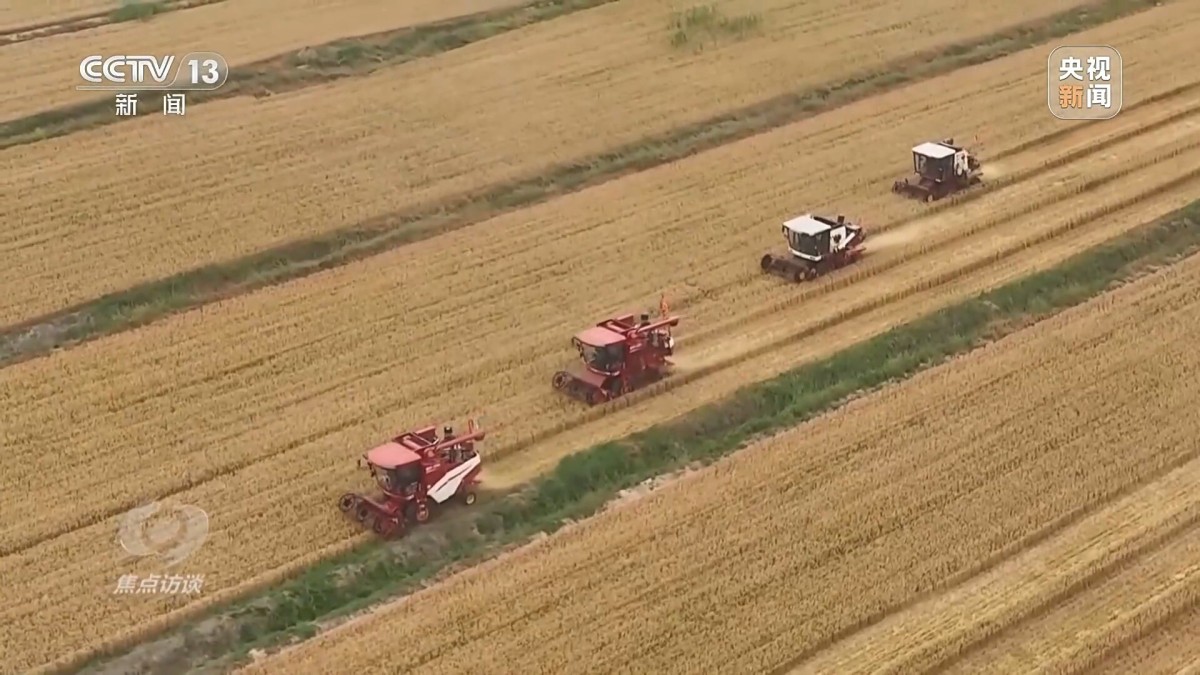
China feeds 20% of the world's population with 9% of the world's arable land. The 1.8 billion mu of farmland is a red line China has always strictly guarded. During the "14th Five-Year Plan" period, thanks to nationwide initiatives like Zhejiang's "Hundred-Thousand-Million" project, China's cultivated land area reached 1.94 billion mu by the end of 2024, an increase of 28 million mu from 2020, firmly safeguarding the red line for farmland protection. Provinces like Heilongjiang, Inner Mongolia, Henan, Jilin, and Xinjiang each have over 100 million mu of farmland, forming a three-dimensional protection pattern of quantity, quality, and ecology.
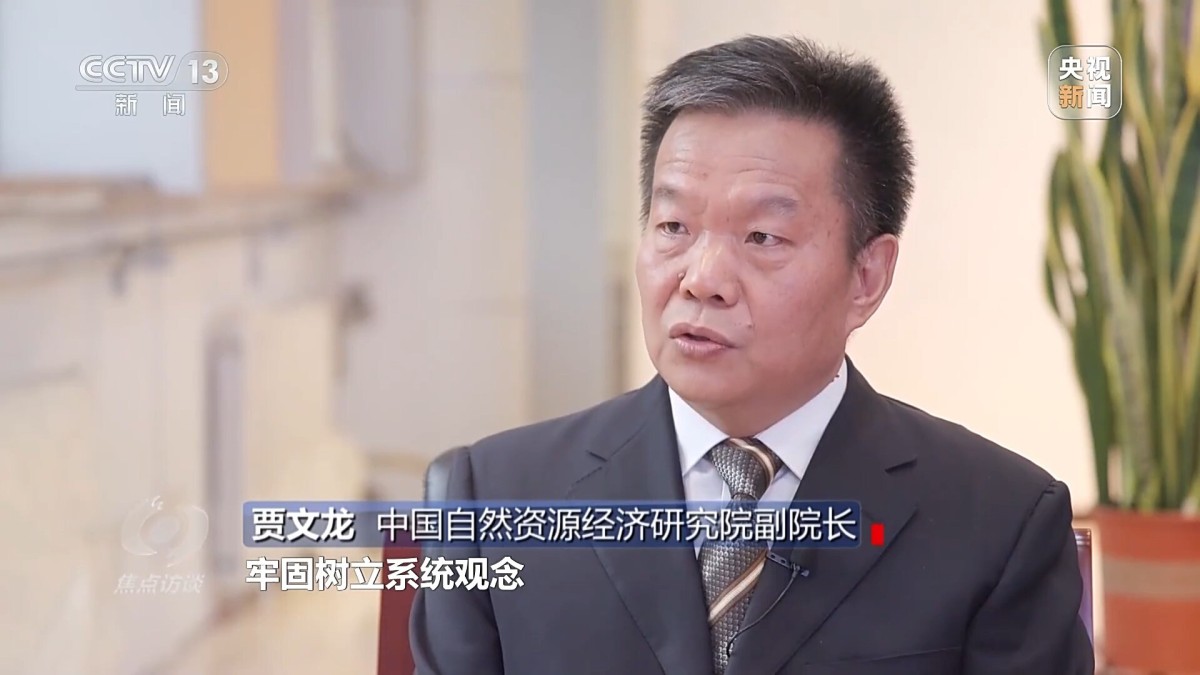
Jia Wenlong, Deputy Director of the China Academy of Natural Resources Economics: "During the '14th Five-Year Plan' period, the natural resource system has firmly adhered to the guidance of General Secretary Xi Jinping, upholding the systematic concept, emphasizing both quantity and quality, strict law enforcement, systematic advancement, and sustainable utilization, steadfastly guarding the 1.8 billion mu farmland red line."
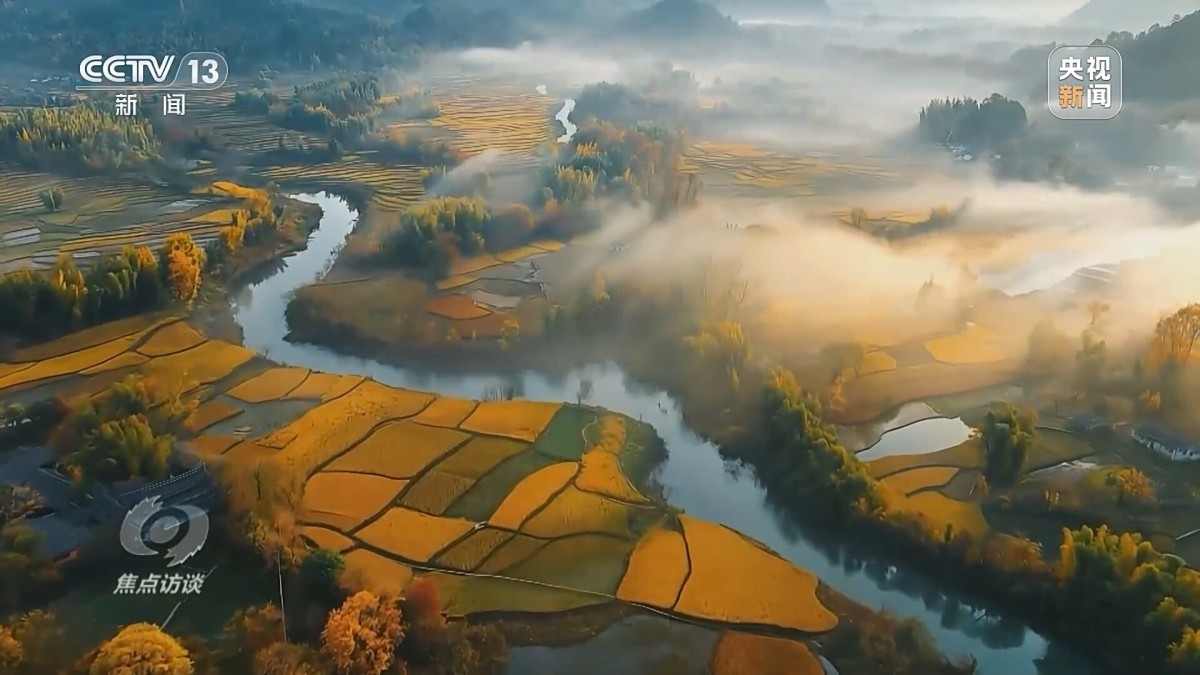
Strictly safeguarding farmland and improving its quality is a microcosm of China's natural resource protection work during the "14th Five-Year Plan" period. Since the 18th National Congress of the Communist Party of China, ecological civilization construction has been incorporated into the overall layout of socialism with Chinese characteristics. General Secretary Xi Jinping has repeatedly emphasized the need to "protect while developing and develop while protecting," using systemic governance to coordinate ecological civilization construction.
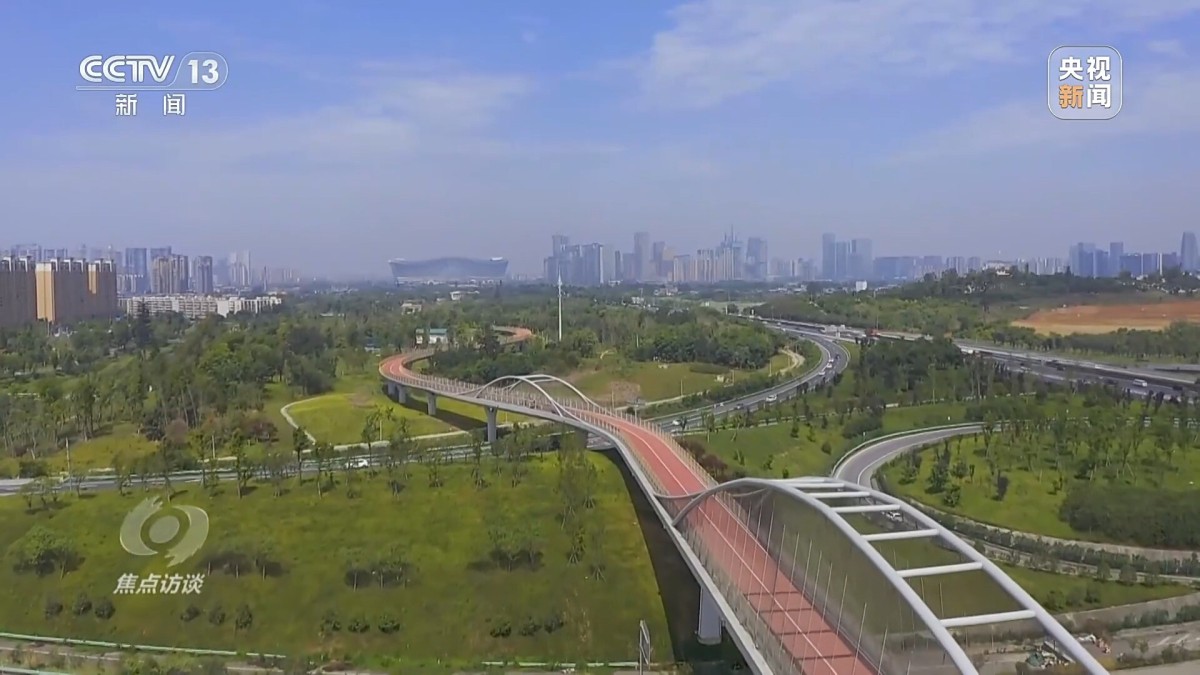
Facing limited natural resources, scientific layout and rational planning are key. In 2018, the Central Committee of the Communist Party of China and the State Council made major deployments, establishing the Ministry of Natural Resources to integrate spatial planning functions previously scattered across multiple departments. This unified national spatial planning system achieves "multi-plan integration."
During the "14th Five-Year Plan" period, China's territorial spatial layout continued to optimize. National, provincial, and county-level territorial spatial plans have all been approved and implemented, with special and detailed plans orderly connected, forming a "five-level three-category" territorial spatial planning system—a "blueprint" for national territorial space development and protection.
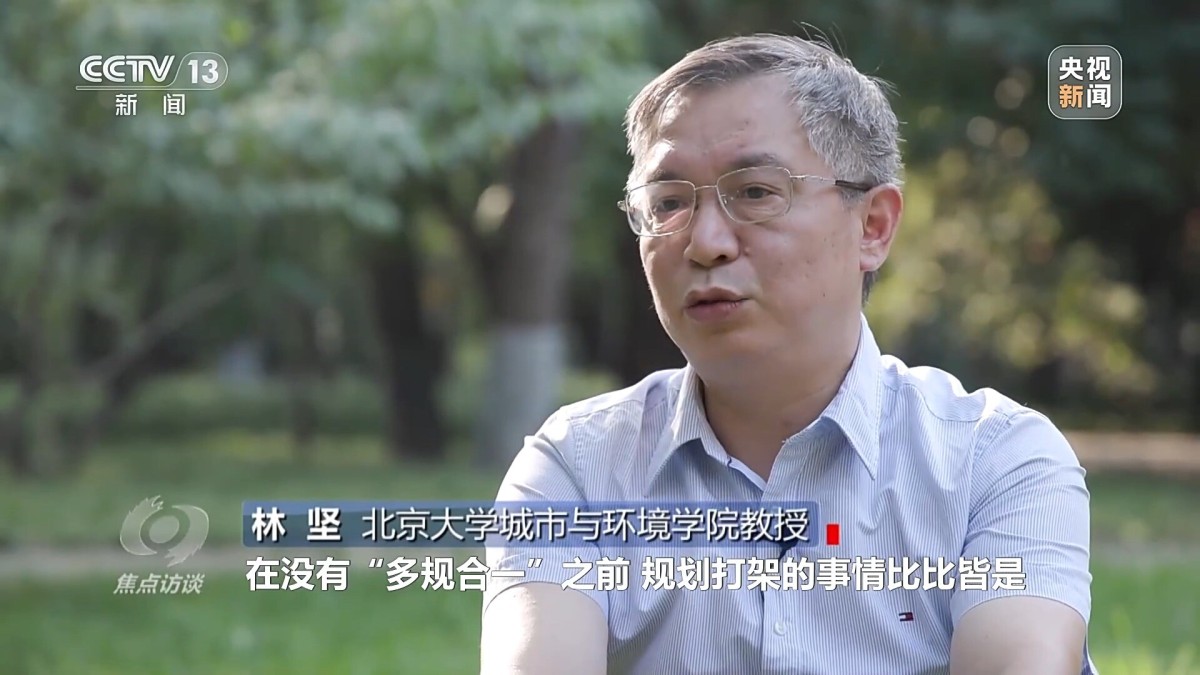
Lin Jian, Professor at Peking University's School of Urban and Environmental Studies: "Before 'multi-plan integration,' planning conflicts were common. Many localities attempted 'multi-plan integration.' General Secretary Xi emphasized forming a 'blueprint,' which must adhere to systematic and holistic views, coordinating forces through unified planning."
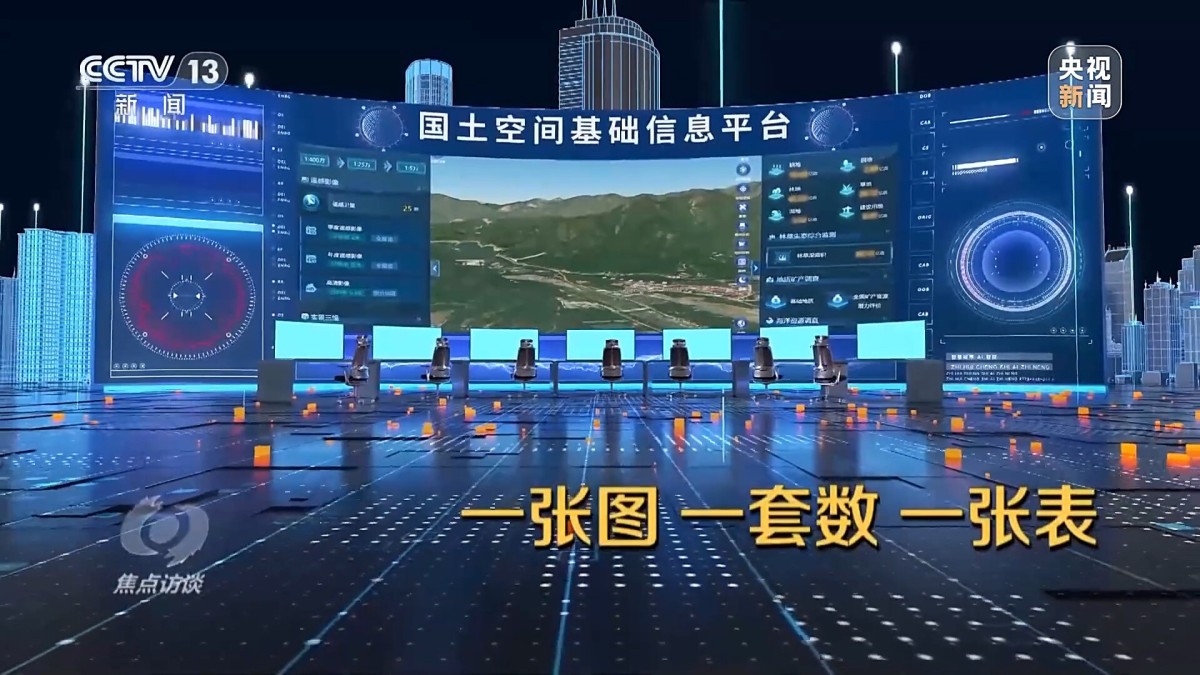
Simultaneously, we have mapped the "family assets" of nine major natural resources—land, minerals, oceans, water, forests, grasslands, wetlands, deserts, and national parks—establishing a "one map, one set of data, one table" management system. This allows departments involved in natural resource management to reference unified basemaps and standards on a single platform for unified planning. These reforms have laid the foundation for the continuous optimization of China's territorial space.
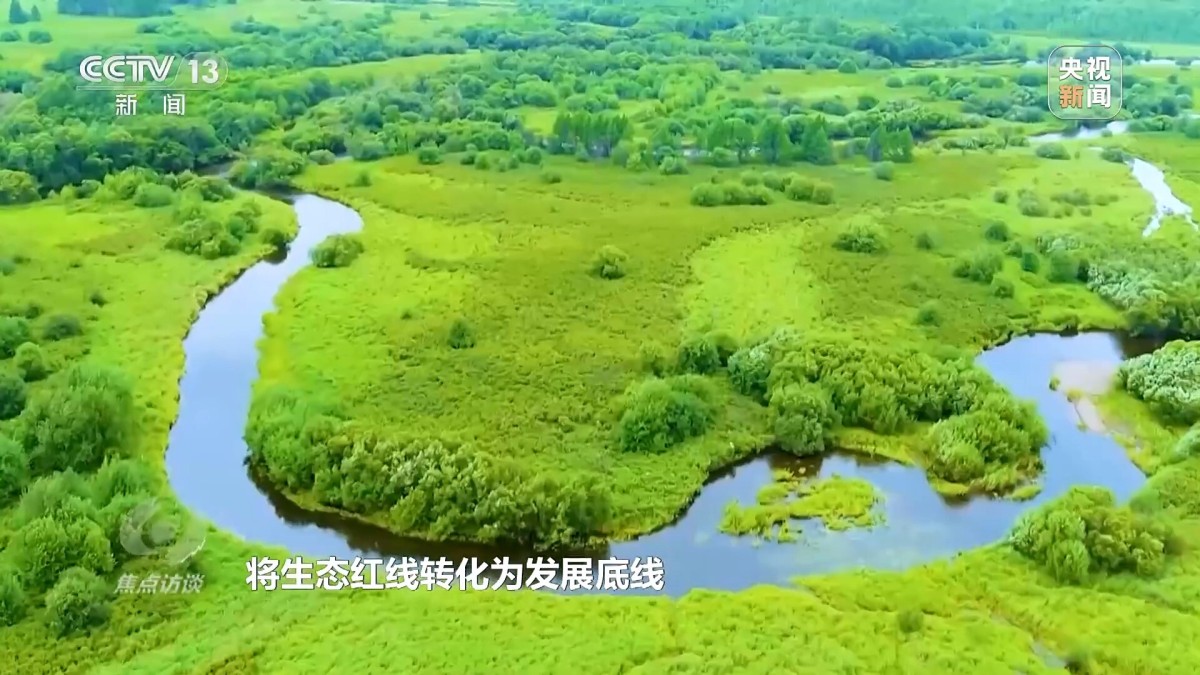
Jia Wenlong: "Through four integration mechanisms—departmental, inter-departmental, inter-ministerial, and inter-provincial—we have systematically reconstructed the dialectical relationship between protection and development, transforming ecological red lines into development baselines and resource constraints into innovative drivers, solidly forging a modernization path for natural resource governance with Chinese characteristics."
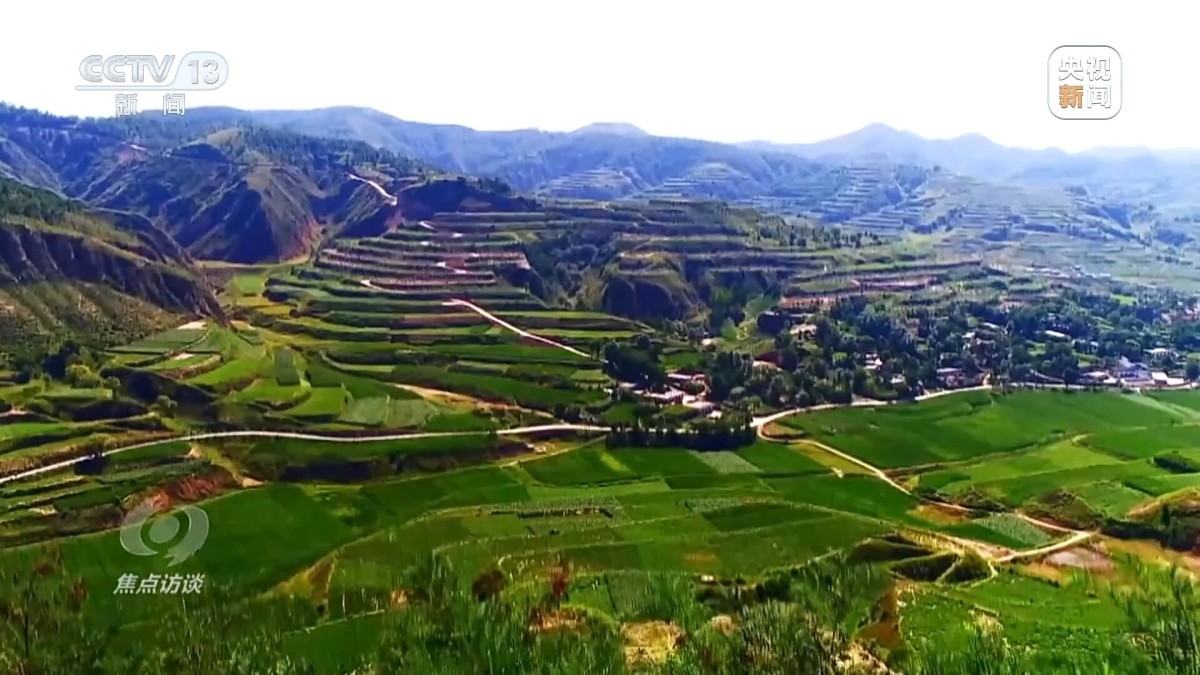
Under scientific theoretical guidance and clear top-level design, China has achieved remarkable accomplishments in natural resource protection and utilization during the "14th Five-Year Plan" period.
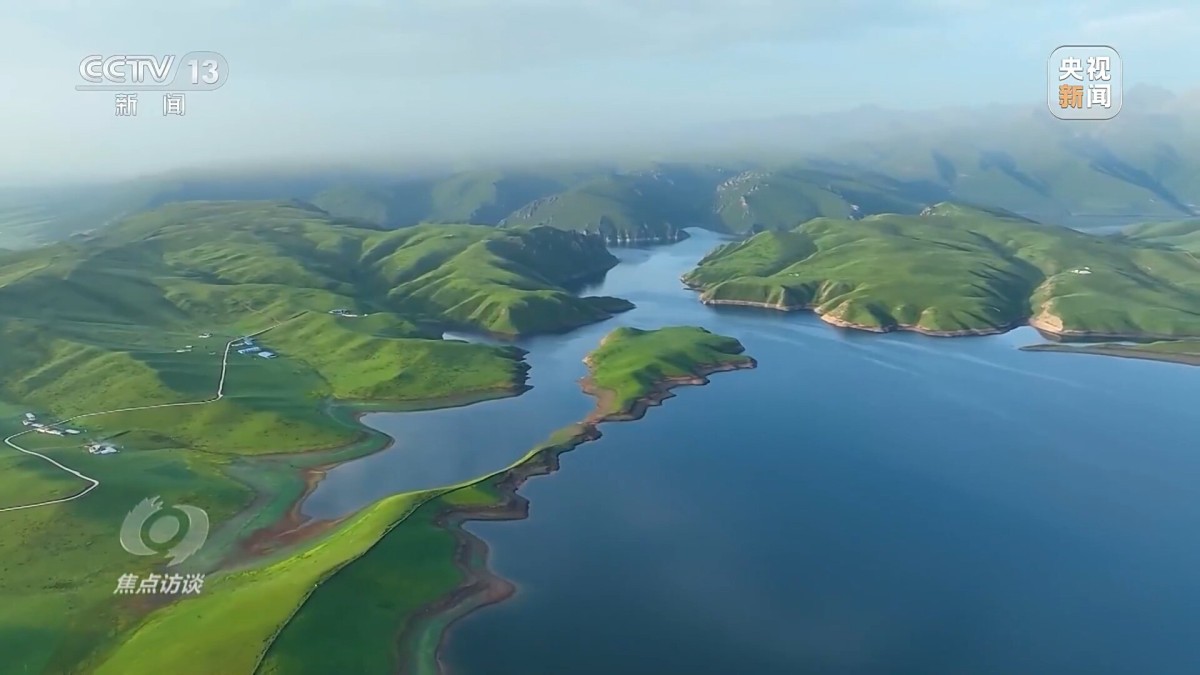
In terms of protection, China implemented important ecosystem protection and restoration projects, advancing integrated protection and systematic governance of mountains, rivers, forests, farmlands, lakes, grasslands, and deserts. For example, over 2.4 million mu of historical abandoned mines were treated, 820 kilometers of coastline and 760,000 mu of coastal wetlands were restored. Red forest area recovered to 465,000 mu, making China one of the few countries with net growth in red forest area. Additionally, 27 "mountain-water projects" were implemented, protecting and restoring over 80 million mu. Through relentless efforts, China has become the world's fastest and largest greening contributor, completing 549 million mu of land greening, including 185 million mu of afforestation—equivalent to a Fujian Province. New forest stock equals a Greater Khingan forest area, achieving the 2030 target for climate change contributions ahead of schedule.
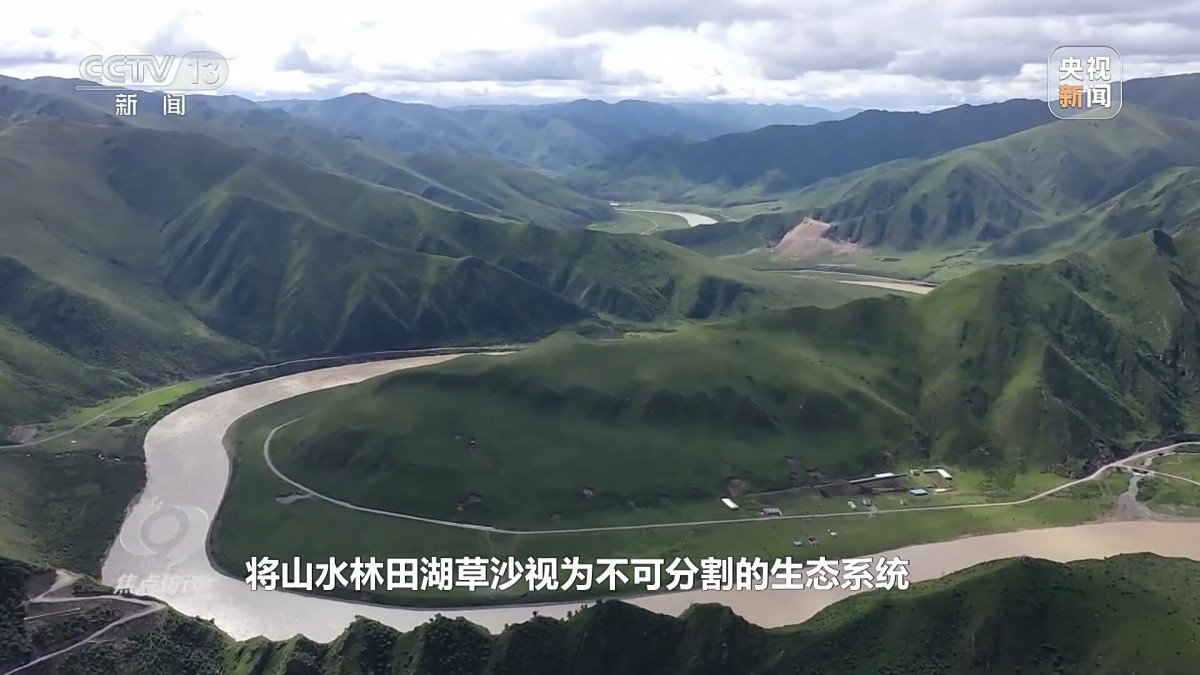
Lin Jian: "Integrated governance fundamentally changes the past piecemeal approach of 'treating the head for headaches and feet for foot pains,' shifting toward coordinated planning and systematic implementation to achieve comprehensive ecological benefits greater than the sum of parts. It requires viewing mountains, rivers, forests, farmlands, lakes, grasslands, and deserts as an indivisible ecological system and breaking departmental and elemental boundaries in practice for holistic protection, systematic restoration, and comprehensive governance."
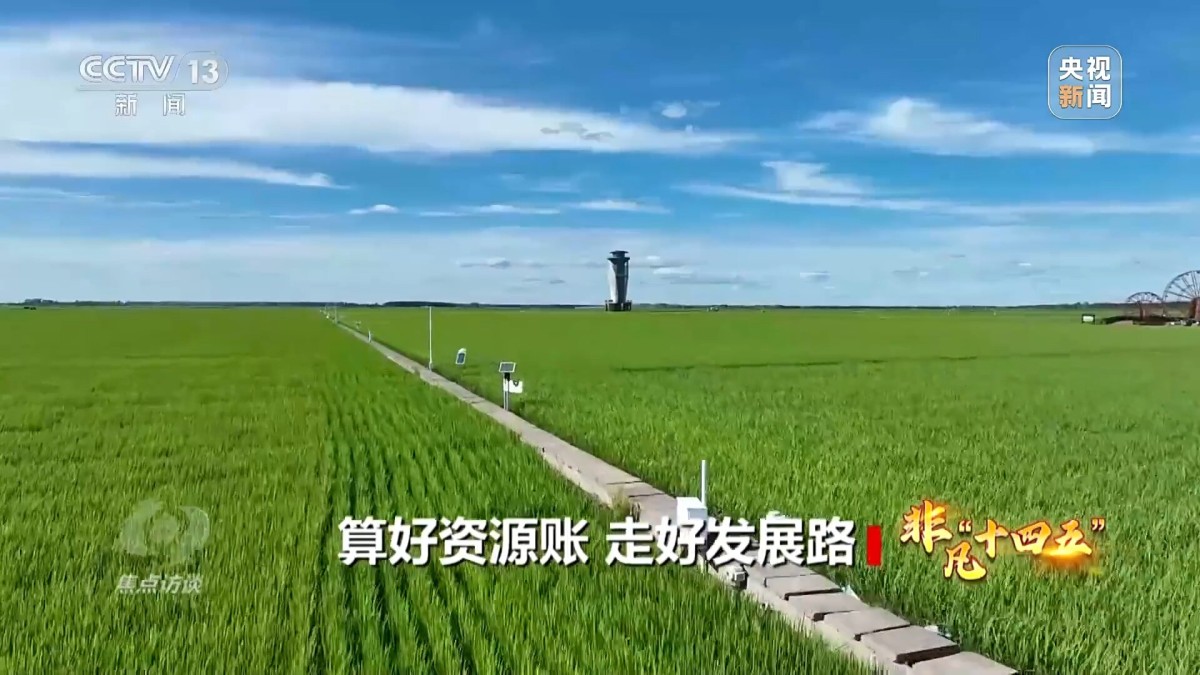
Protection and development are complementary. Ecological civilization construction ultimately aims for efficient, green resource development and utilization, benefiting the people. During the "14th Five-Year Plan" period, China strengthened total resource management and whole-process conservation, optimizing increments and revitalizing stock, promoting high-efficiency green resource utilization to generate infinite value from finite resources.
During National Day, a Jiangnan-style light show at the ancient canal wharf in Wuxi attracted many tourists. Just a few years ago, this was an "industrial rust belt."
From 2007 to 2019, after the relocation of Wuxi's old steel plant, the 3.5-hectare factory site lay idle for a long time. Adjacent to the Grand Canal World Cultural Heritage site, this area once became a scar in urban development. During the "14th Five-Year Plan" period, Wuxi incorporated industrial heritage renovation into its high-quality manufacturing development plan, adhering to intensive land use principles. Through systematic planning and government-enterprise联动, the industrial "rust belt" transformed into a "show belt."
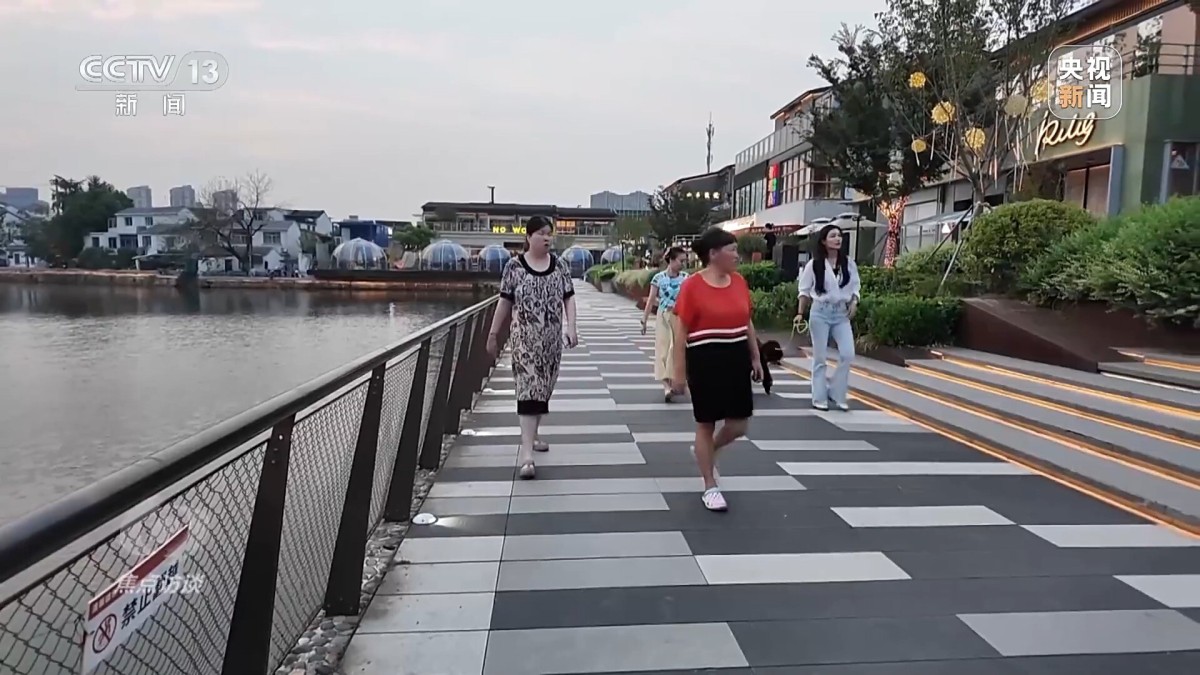
The old factory buildings were transformed into a 62,000-square-meter urban complex featuring tourist hubs, shopping centers, and cultural valleys, meeting citizens' and tourists' needs for transit, public services, and consumption in one stop, optimizing regional urban functions.
Wuxi Steel's transformation is not unique. Since the "14th Five-Year Plan," China has processed over 5 million mu of idle land, redeveloping 1.71 million mu of low-efficiency land. From 2021 to 2024, land consumption per unit GDP decreased by 15.97%, achieving the "14th Five-Year Plan" target of a 15% reduction ahead of schedule.
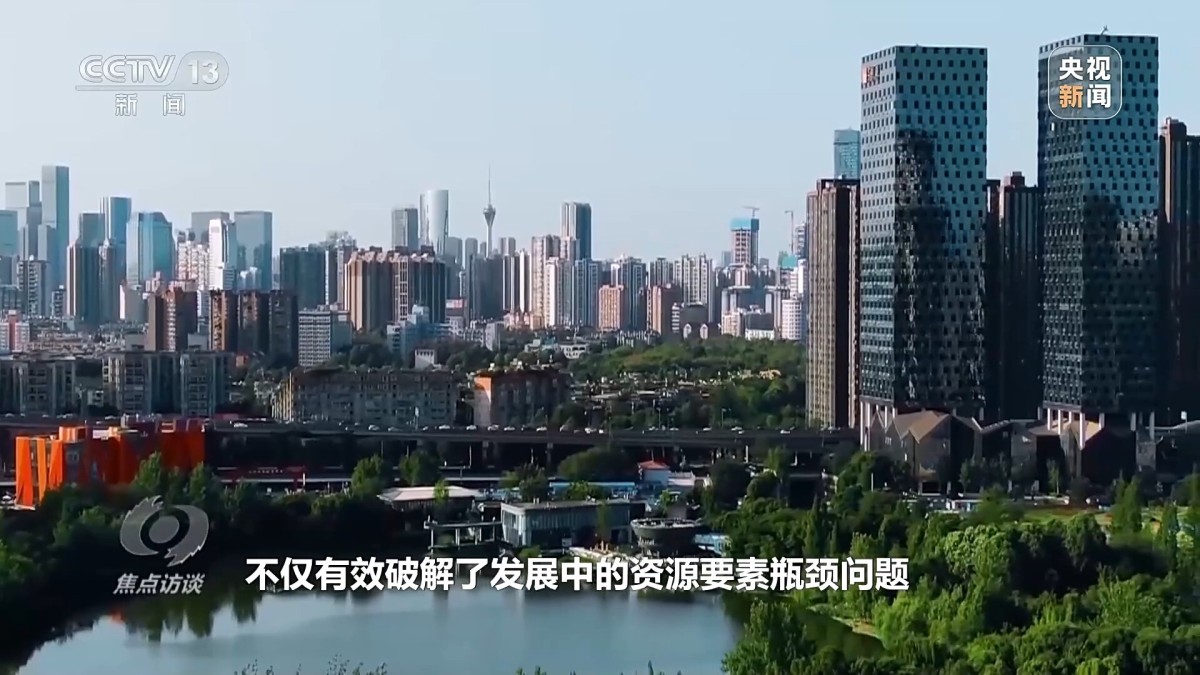
Lin Jian: "Promoting fundamental changes in resource utilization methods has helped shift China's economic development from extensive expansion to intensive, high-quality growth, effectively resolving resource bottlenecks. This proves that tapping into stock space will be a crucial path supporting China's high-quality economic development."
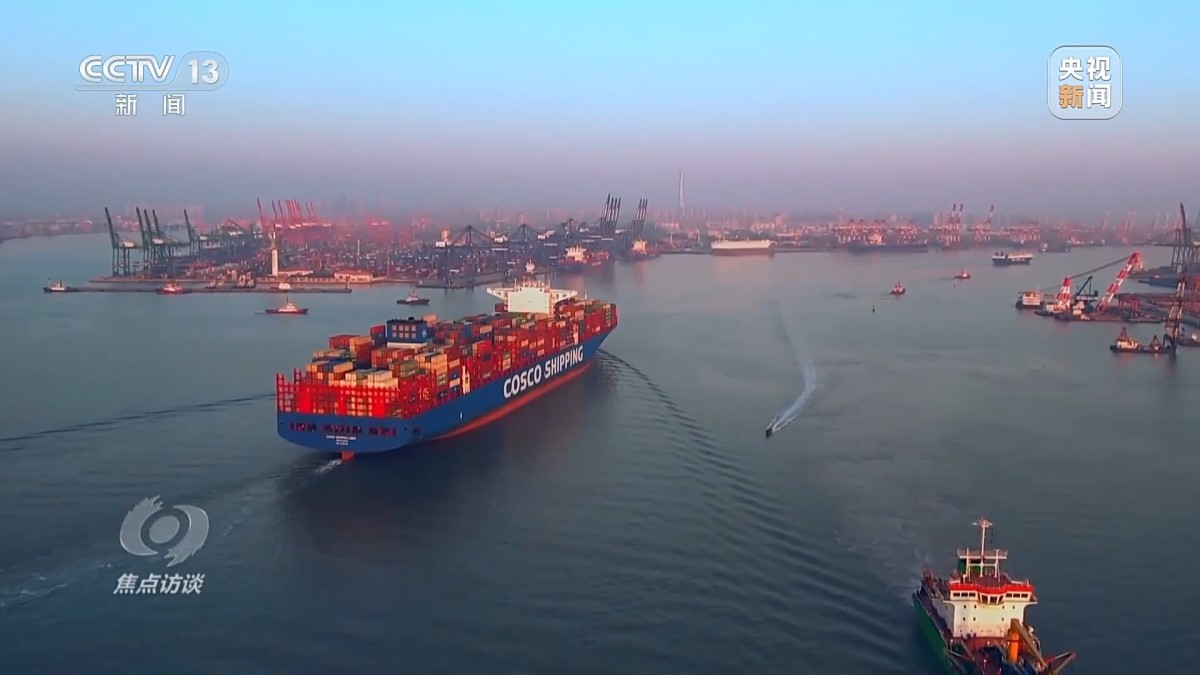
Beyond tapping into stock space, China actively innovates technologically, fostering strategic emerging industries to全面提升资源开发利用效率.
During the "14th Five-Year Plan" period, China discovered 534 large and medium-sized oil and gas fields and mineral deposits, with major breakthroughs in strategic mineral resources like oil, copper, and lithium. Strategic emerging industries like marine energy, marine pharmaceuticals, and seawater desalination showed promising growth, with marine production总值 reaching 10.5 trillion yuan, a 34% increase from the end of the "13th Five-Year Plan."
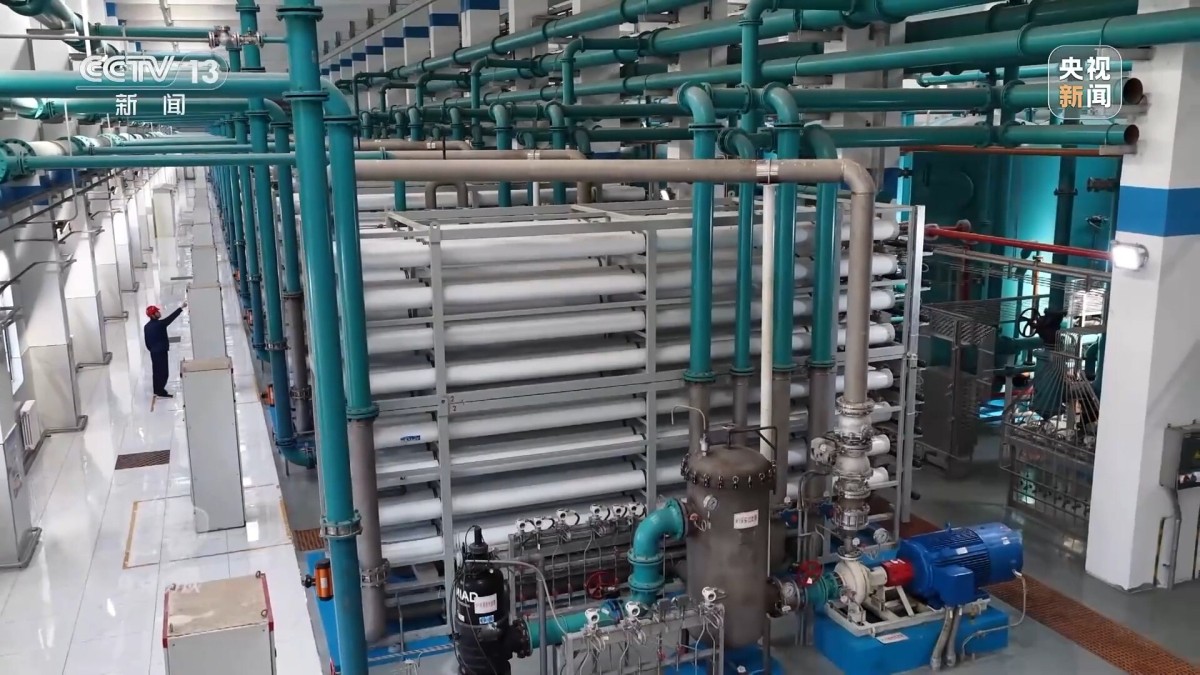
In Tianjin's coastal Nangang Industrial Zone, home to the nation's largest single-unit seawater desalination and comprehensive utilization project, five production lines yield 150,000 tons daily, meeting the daily water needs of 680,000 urban residents. Annual savings exceed 50 million tons of freshwater resources.
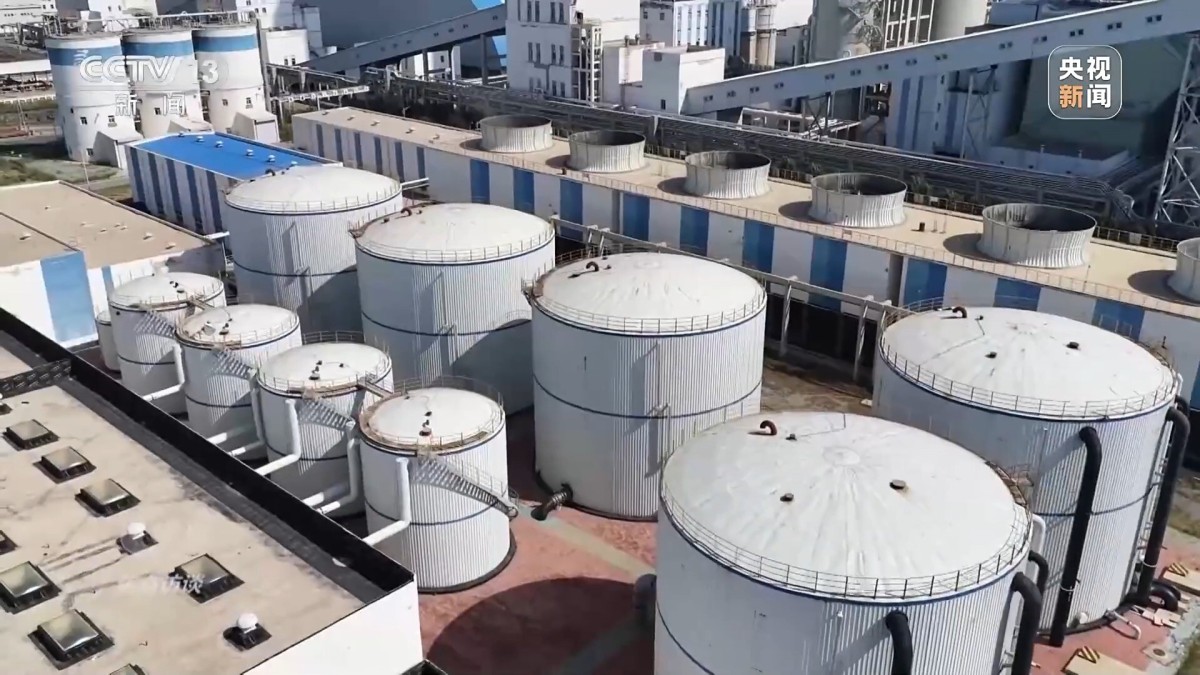
This project also synergizes with other industries in the park. For instance, neighboring China Huadian Corporation now uses 100% desalinated seawater for power generation, while the plant's daily 1,600 tons of concentrated brine are recycled back to the desalination project, achieving zero wastewater discharge. Such collaborative models save costs and realize green development—the future direction of industries.
From farmland red lines to "multi-plan integration," from ecological restoration to idle land processing, China's natural resource work during the "14th Five-Year Plan" has followed the principle of "safeguarding baselines, ensuring security, and promoting development," consolidating the resource foundation for socioeconomic development while preserving green mountains and clear waters. This "answer sheet" covering resources, economy, and ecology not only concludes the "14th Five-Year Plan" for natural resources but also injects sustainable momentum for high-quality development in the "15th Five-Year Plan" and beyond.